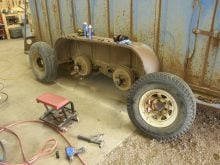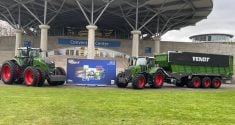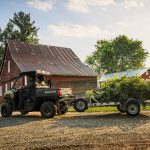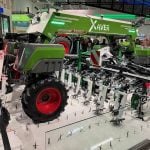The large tractor business is picking up on both sides of the border, according to new data from the Association of Equipment Manufacturers.
In Canada, unit sales of 100+ horsepower tractors grew 2.7 per cent in March compared to the same month last year. In the U.S., unit sales of the same machinery class jumped for the second straight month. American large tractor sales grew 3.2 per cent in March compared to year-ago numbers, following February’s increase of 2.8 per cent.
For smaller two-wheel-drive tractors, the news wasn’t as positive. Sales of tractors under 40 hp were down 18.4 per cent compared to March 2023 in Canada, and tractors between 40 and 100 hp were down 12 per cent over the month last year. Combined, all two-wheel-drive tractor sales in March 2024 were down 13.2 per cent compared to March 2023.
Read Also
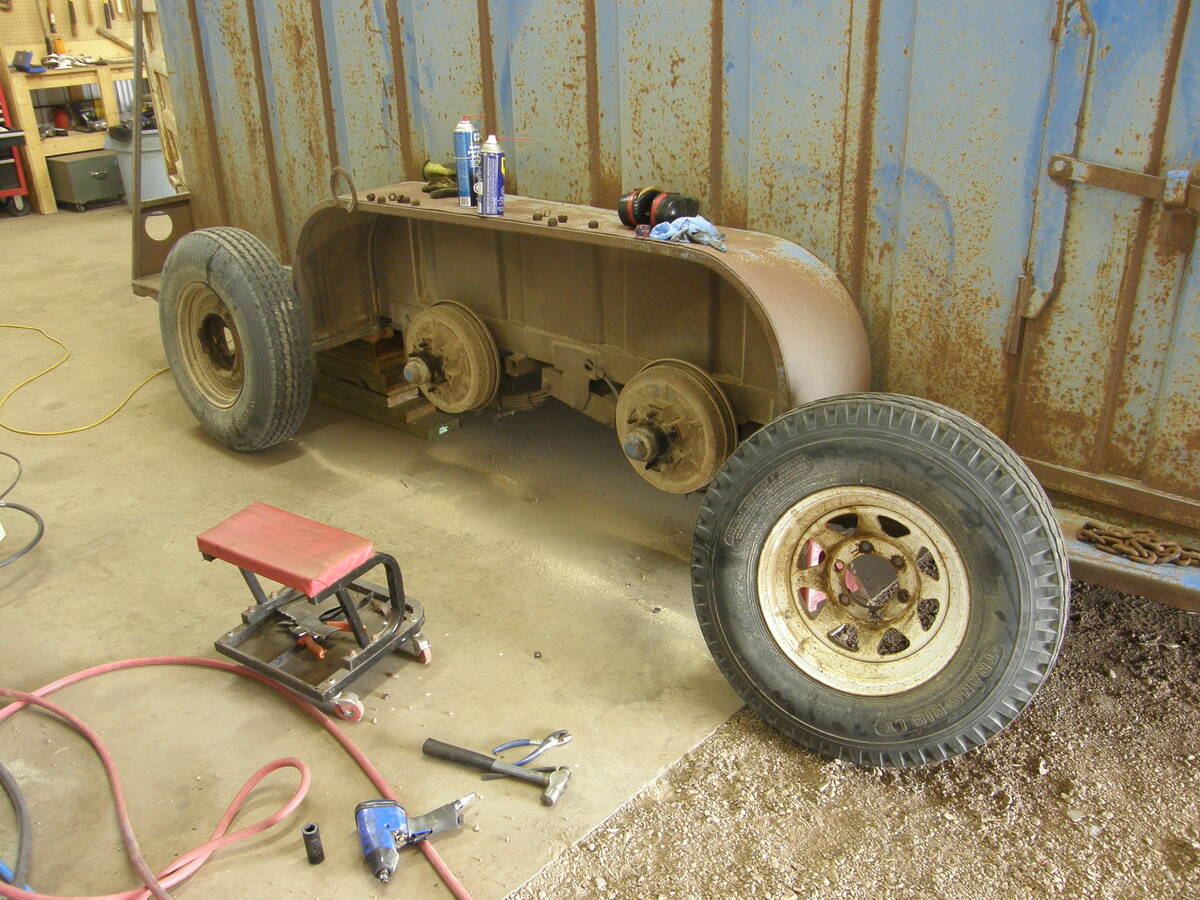
How to overhaul electric trailer brakes
Let’s look at what you’ll find when you pull the wheel hubs off your livestock trailer, and what you need to consider to keep those electrical brakes in good working condition.
The U.S. numbers show a similar trend, with tractors under 40 hp down 15.8 per cent and those between 40 and 100 hp down 6.9 per cent compared to 2023. Combined, sales of all Amercian two-wheel-drive tractors were down 12.1 per cent.
“Seeing the continued growth in 100+ horsepower tractor sales is a welcome sight as 2024 progresses, despite the softness in other tractor sizes,” said AEM senior vice-president Curt Blades. “As we start the planting season, we remain optimistic for the future of the ag equipment market.”
Farm Credit Canada released a report in November 2023 that forecast sales of farm equipment would soften going into 2024. However, the lender also suggested the downturn would be short-lived because of an aging fleet.
Blades agreed with the FCC assessment, but said it’s too early to determine whether the uptick in March signals an end to the downturn. January, February and March are traditionally poor months for agricultural equipment sales.
“If we were to see this kind of strength in April or May, then I would feel a bit differently. One month does not a trend make, so I want to be a little bit careful about reading too much into the March numbers. Our year-to-date numbers are still showing some softness.”
General soft market

While Canadian sales of four-wheel-drive tractors jumped 27.3 per cent and are up 10.8 per cent year-to-date, the AEM report notes that total U.S. year-to-date unit sales of ag tractors and combines are below 2023’s pace. Tractors are down 13.3 per cent and combines fell 20.4 per cent.
Equipment sales on both sides of the border broadly follow the same trends, but Blades said local weather, trade agreements and public policy sometimes throw the two markets out of step. He also said it’s been difficult to make reliable projections post-pandemic.
“With the supply chain messing up the normal delivery times, there might be some false positives in some months and some false negatives in other months. But, overall, the tractor sales were pretty solid for the last five years.”
Blades agreed that Canada’s agricultural fleet is getting long in the tooth.
“We’ve been working in a replacement market for eight years. That’s just sort of the reality. Ask a farmer how long a tractor can last. (The answer is) well, just one more year. And, if the farm economy is good, maybe this is the year. Maybe it’s next year. But, at some point, it’s time to replace that machine.”
With low commodity prices, high input prices and stubbornly high interest rates, farmers face tight margins and many may find themselves in that “maybe next year” category, but Blades remains optimistic.
“Even though there’s going to be some challenges in 2024, if you listen to economists, long term viability is pretty strong.”
He also pointed to significant technological advances in the machinery sphere that coincide with the replacement market.
“Precision ag has been around for a little bit, but now we’re really seeing the benefits of it,” he said. “That technology play and what it means to farmers and what it means to feed the world more efficiently with less inputs is a big deal. It’s really exciting.”
Blade also noted new tractors and combines are designed with forward compatibility in mind so equipment sold today will be compatible with the technological advancements of tomorrow.
“I think we’ll be looking back 10–20 years from now, seeing these were exciting times with revolutionary change.”






